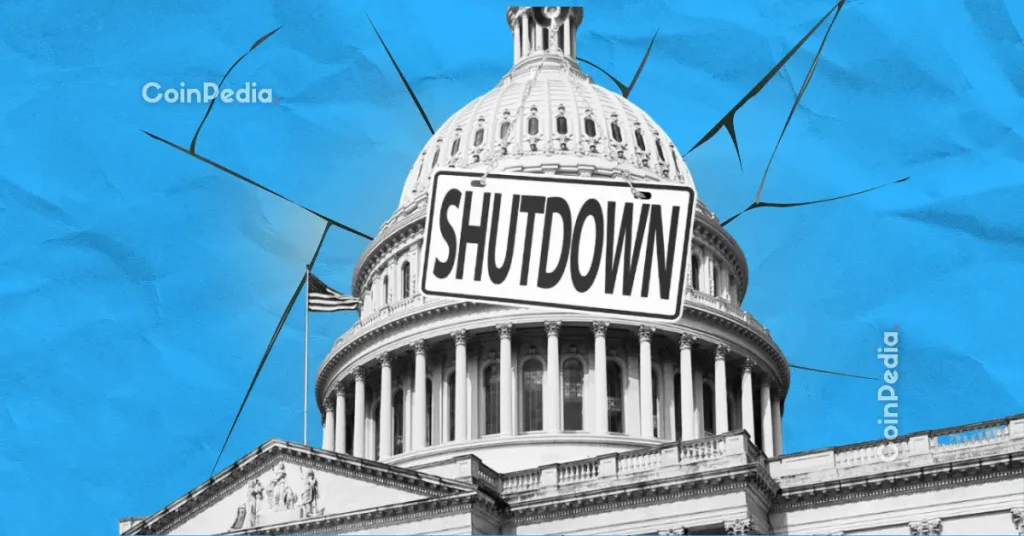ARTICLE AD BOX
Bitcoin ETFs saw a dramatic two-day surge in inflows on July 10 and 11, followed by a steep cooldown heading into July 14. Data shows inflows of $1.18 billion on July 10 and $1.03 billion on July 11, totaling over $2.2 billion.
These were among the strongest single-day performances since ETFs launched in January 2024, as the market saw only seven trading sessions with inflows surpassing $1 billion.
The spike was driven primarily by BlackRock’s IBIT, which attracted $448.5 million and $953.5 million on those days. Fidelity’s FBTC and Ark’s ARKB also posted sizeable inflows, while minor contributions came from VanEck and Grayscale’s BTCW.
 Table showing the inflows and outflows for spot Bitcoin ETFs from June 26 to July 14, 2025 (Source: Farside)
Table showing the inflows and outflows for spot Bitcoin ETFs from June 26 to July 14, 2025 (Source: Farside)The inflows followed a sharp upward movement in Bitcoin’s spot price. BTC opened July 10 at $119,071 and surged to a high of $123,220, its highest daily wick since the start of July. On July 11, it closed just below $117,600 after intraday gains nearing $119,000. This rally also drove volume, which peaked at 43,113 BTC traded on July 10, well above the seven-day average.
However, by July 14, inflows had cooled substantially. At the beginning of the week, ETFs brought in only $297 million in new funds, with notable outflows from FBTC ($26.1 million) and ARKB ($99.6 million).
IBIT remained the only ETF to post inflows above $100 million as demand softened amid Bitcoin’s pullback from its ATH, dropping from an opening of $119,071 on July 14 to a close of $117,175 by July 15.
The sharp contrast between the July 10 and July 11 buying and the July 14 cooldown shows that ETF flows have become increasingly correlated with short-term price movements. Institutional flows into IBIT appear to front-run or amplify price rallies, but there is little follow-through when price momentum weakens.
The pattern also suggests that while ETFs continue to play a key role in absorbing supply during bullish swings, they are still subject to rapid sentiment reversals.
The sharp drop in ETF demand on July 14, despite Bitcoin staying above $117,000, could indicate investor hesitation at current valuations or rotation away from high-beta exposure after a quick rally.
Unless ETF demand stabilizes at higher levels, short bursts of inflows may continue to produce uneven support for Bitcoin’s price.
The post ETF inflows hit $2.2B in 48 hours before dropping to $297M appeared first on CryptoSlate.
.png)
 3 months ago
10
3 months ago
10








 English (US)
English (US)